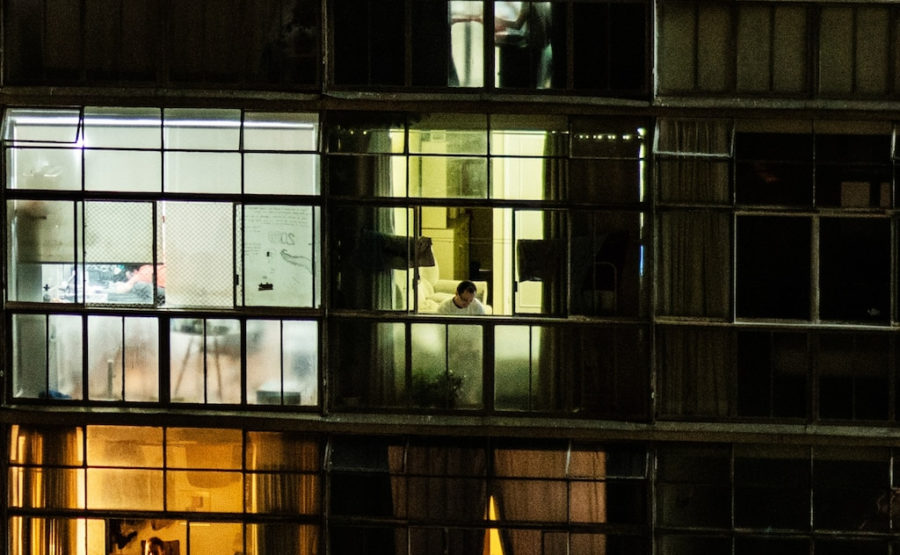Scientists are not completely sure why birds are drawn to fly at windows but turning off lights, especially those that are unnecessary, can surely help.
The following written content from SD

Forty years of data came together to show just how many birds can be saved by buildings turning their lights off. Using decades’ worth of data and birds, researchers found that on nights when half the windows were darkened, there were 11 times fewer bird collisions during spring migration and 6 times fewer collisions during fall migration than when all the windows were lit.
Every night during the spring and fall migration seasons, thousands of birds are killed when they crash into illuminated windows, disoriented by the light. But a new study in PNAS shows that darkening just half of a building’s windows can make a big difference for birds. Using decades’ worth of data and birds collected by Field Museum scientists at Chicago’s McCormick Place convention center, the researchers found that on nights when half the windows were darkened, there were 11 times fewer bird collisions during spring migration and 6 times fewer collisions during fall migration than when all the windows were lit.
“Our research provides the best evidence yet that migrating birds are attracted to building lights, often causing them to collide with windows and die,” says Benjamin Van Doren, a postdoctoral associate at the Cornell Lab of Ornithology and the paper’s lead author. “These insights were only possible thanks to over 40 years of work by David Willard at the Field Museum, who led collisions and light monitoring efforts.”
In 1978, Willard, the museum’s collections manager emeritus, heard an offhand remark about birds hitting the McCormick Place, North America’s largest convention center that happens to be just a mile south of the museum. So, he investigated.
“I went down early one morning, just out of curiosity, and wandered around and actually found four or five dead birds,” says Willard. “I might not have gone back if I hadn’t found anything that first day, and now here we are, 40 years later and 40,000 birds later.” Read more from Science Daily.





